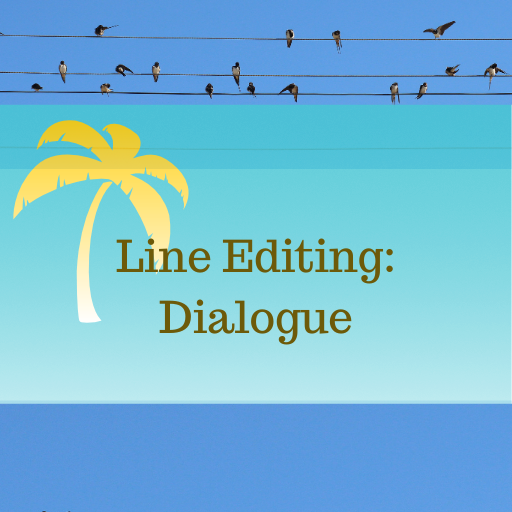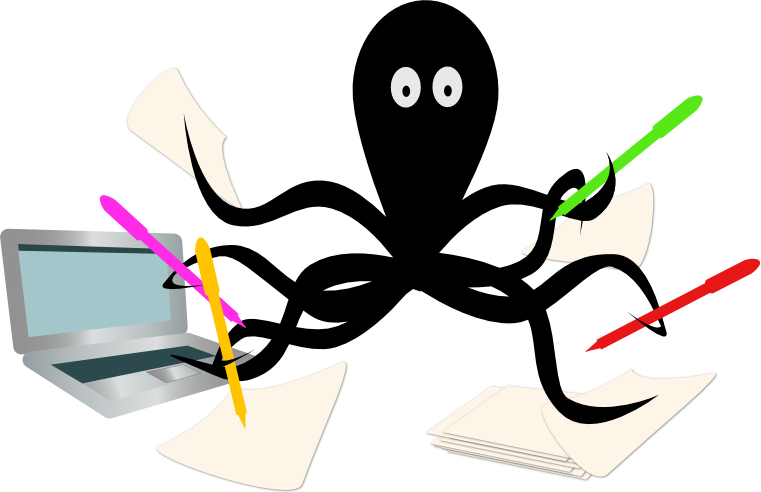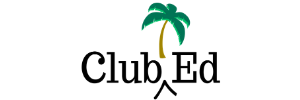Line Editing for Dialogue
Once upon a time, I read a novel where I couldn’t figure out who was speaking the entire time. Well, I say I read the novel, but what I mean is I read about a chapter and when I was still completely confused, I put it down and never picked it up again. The plot was engaging, the setting intriguing, but the author made it too hard to follow along with the characters by not making it clear who was speaking. That’s an unfortunate problem that could have easily been cleared up with some effective line editing.
These problems come about because authors often take writing advice too far. For example, they may be encouraged to refrain from using “he said” and “she said” and similar dialogue tags in their novel manuscripts, but then they take this to an extreme and remove too many dialogue tags. The result is what I experienced: a sea of bewilderment for the reader.
Or, an author will show a conversation between two men and all the dialogue is tagged with “he said,” leaving the reader to wonder which he.
As a line editor, you can help authors make effective sentence-level revisions that don’t leave the reader confused. Sure, you can help them trim away unnecessary tags but you can also help them see where a few dialogue tags and the occasional name can go a long way towards helping the reader navigate the story.
Of course, “Who is speaking?” isn’t the only problem that can arise with dialogue but it is probably the most important!
Join the Club!
New to story editing? Begin at the beginning.




